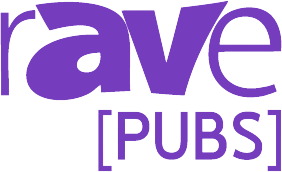Jupiter Announces Immediate Availability of Canvas 2.2
 Our focus in version 2.2 is making the Canvas experience better, more powerful, and more economical—on smartphones, tablets, PCs and video walls.
Our focus in version 2.2 is making the Canvas experience better, more powerful, and more economical—on smartphones, tablets, PCs and video walls.
New Canvas Media Server – We’ve built a better performing media server with more capacity for mobile clients.
· Dynamic allocation of mobile clients to transcoders – Transcoder resources are assigned on demand, eliminating the need for 1:1 allocation and wasted capacity.
· Transcoder sharing – Multiple mobile users can view the same stream simultaneously, economizing on Media Server resources.
Enhanced Canvas Mobile Client
· Encryption of mobile sources – Upstream video from mobile devices is encrypted with AES 128/256 encryption, including SHA-1, 80-bit authentication. Video sent downstream to mobile devices is protected with HTTP basic authentication and SSL encryption.
· Mobile video preview – Users can see the upstreaming video from their devices in a preview window.
· Mobile invitations – PC users can send invitations to share a canvas and collaborate to other PC and mobile users.
· Multiple mobile device support for each user – Users are not bound to a specific device. Licensed Canvas Mobile users can access Canvas on any mobile device with a client.
Direct DVI Input for Local Display – DVI inputs can be connected to a Fusion Catalyst running Canvas for display on the attached video wall. Now the Canvas video wall can be used for making local presentations or viewing other sources not intended for sharing and collaboration.
Interactive Web Windows as a Source – Web pages can now be incorporated as sources in a canvas.
Source Tagging – Users can tag, sort and search sources from PC and mobile clients.
VNC Support – Users can remotely operate a VNC server-based thin client.
To obtain additional information – Canvas


